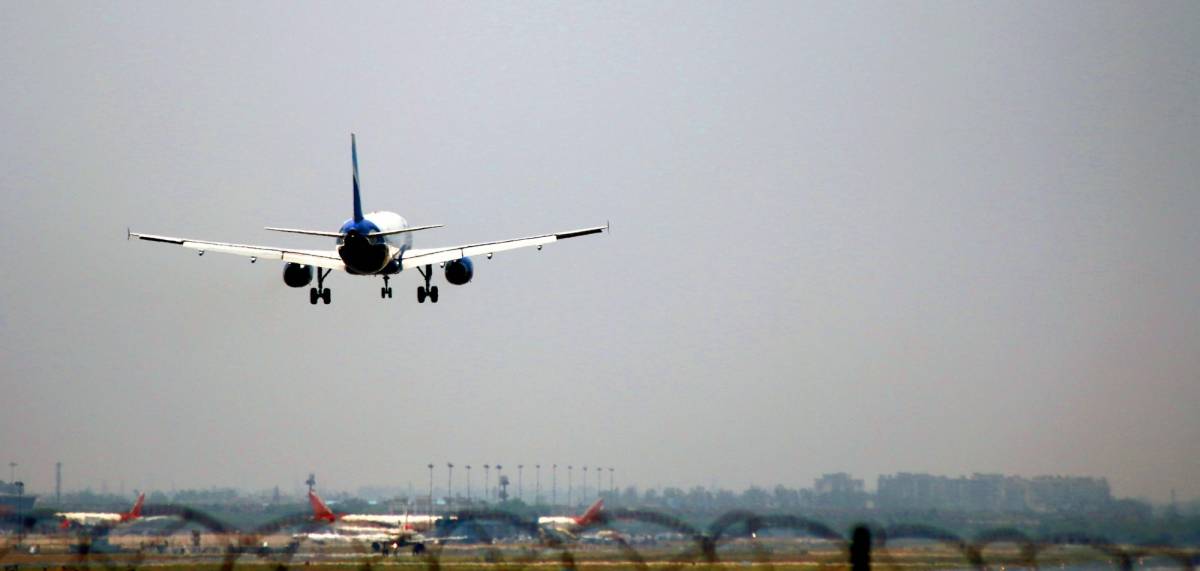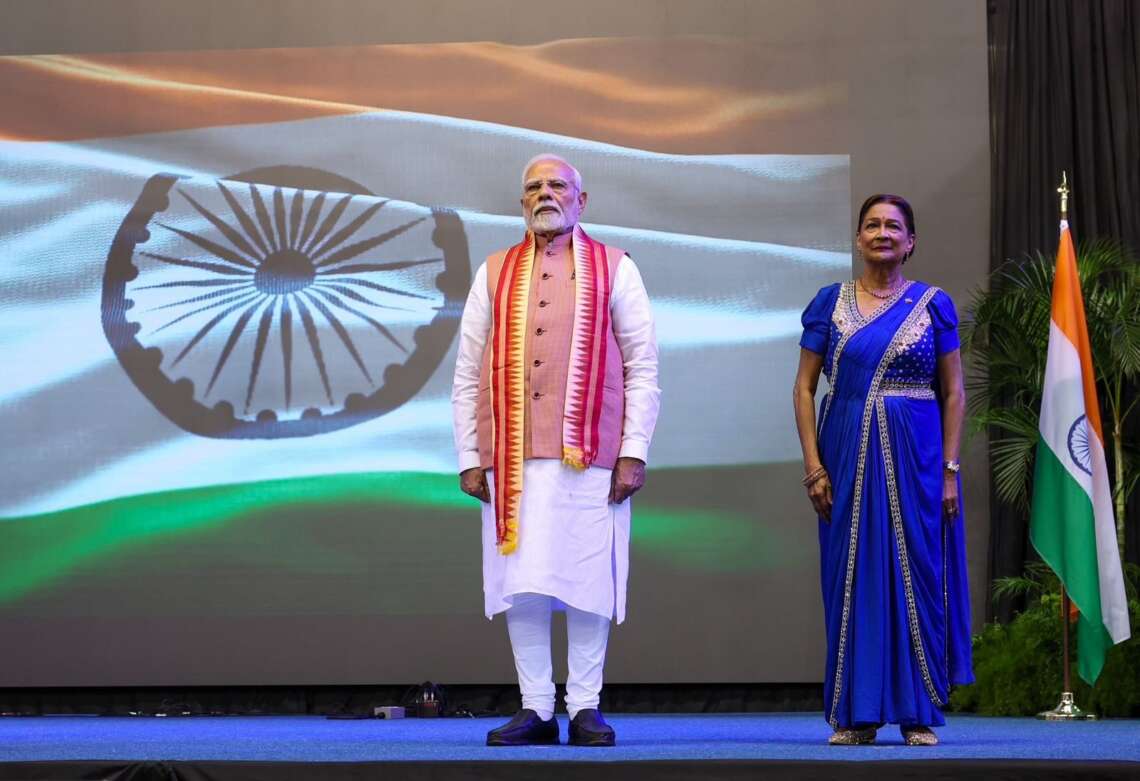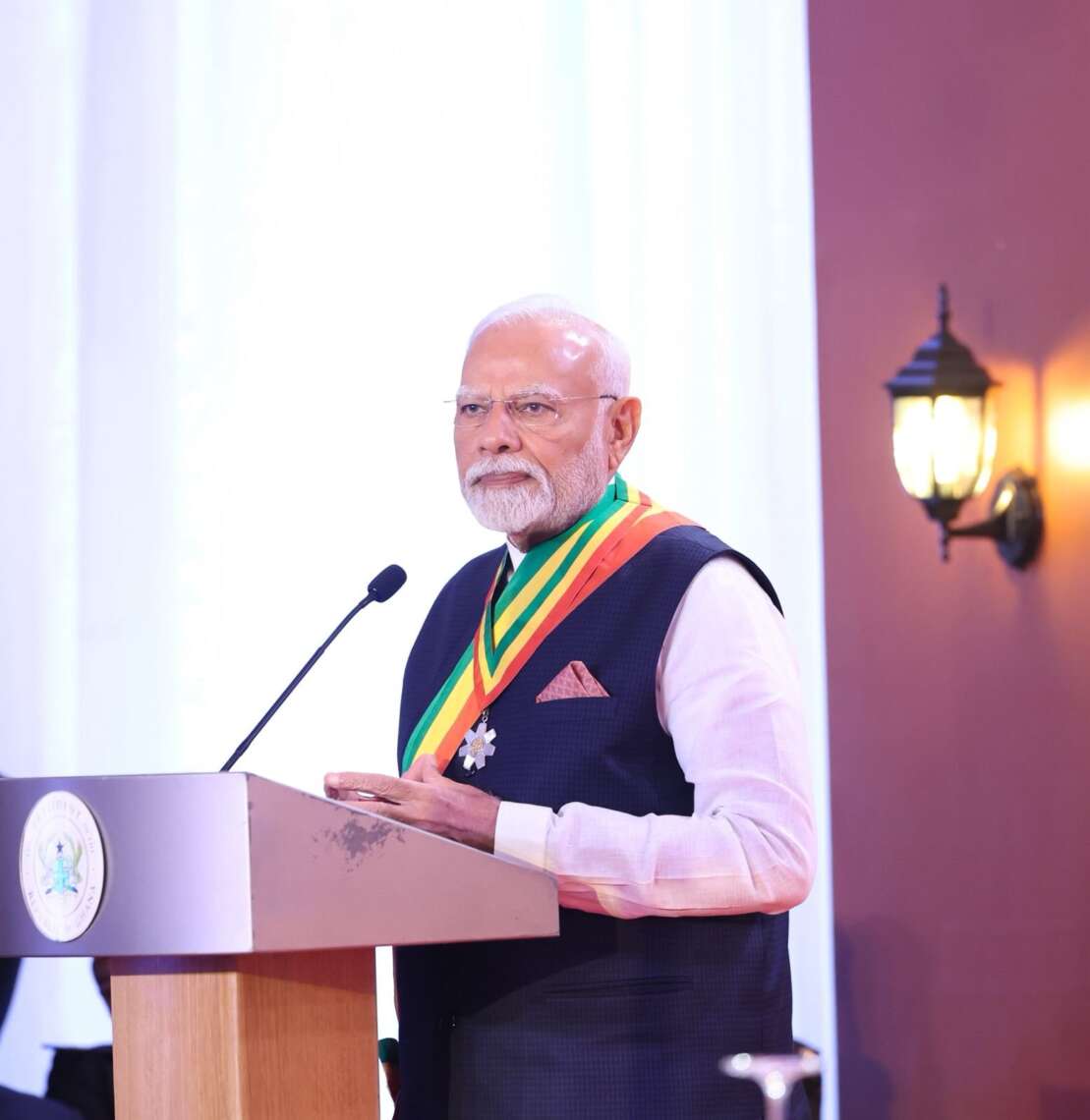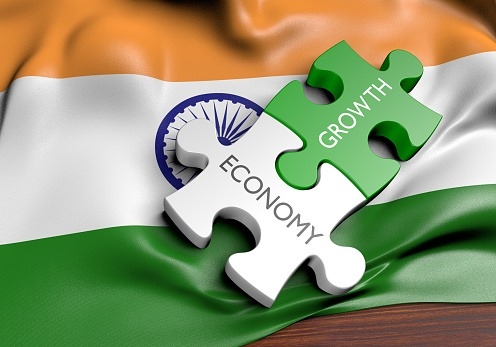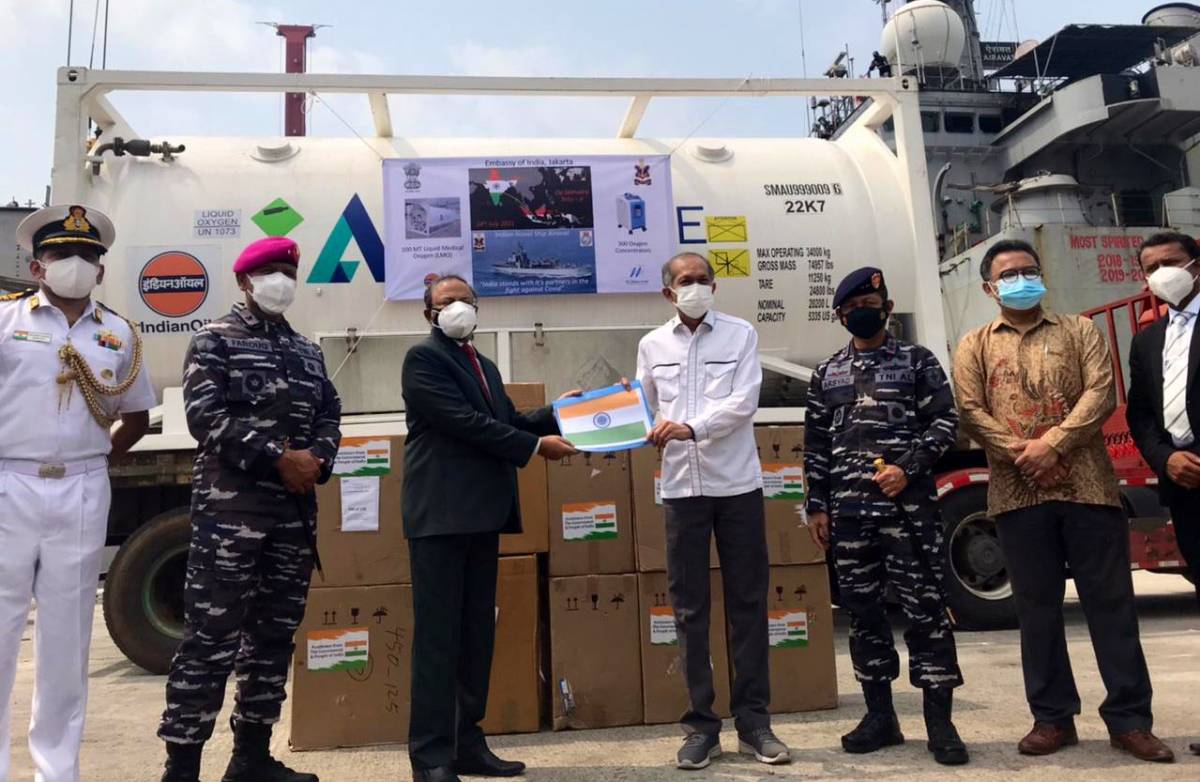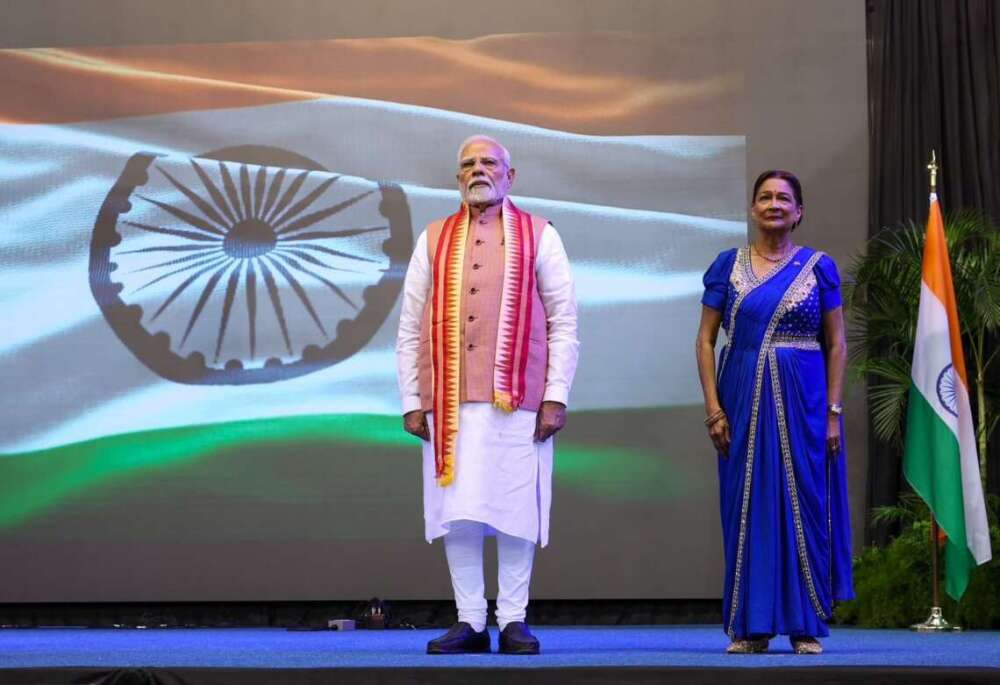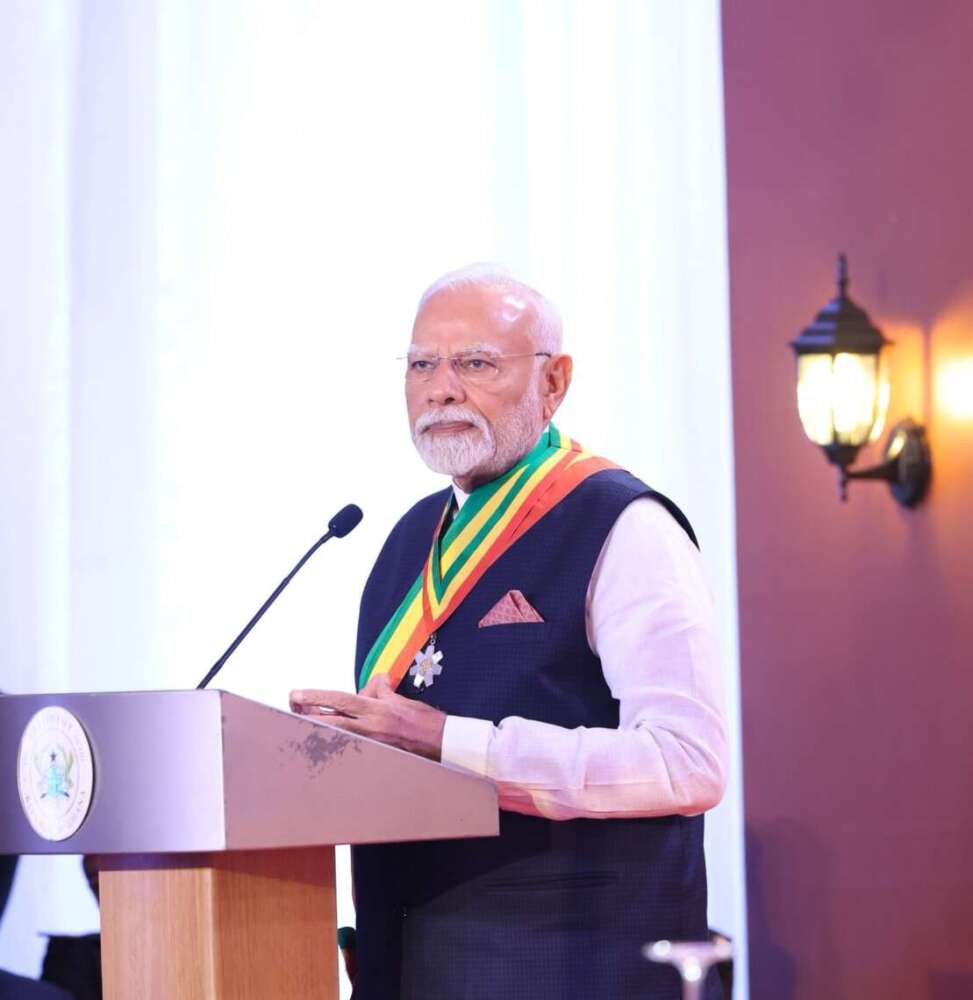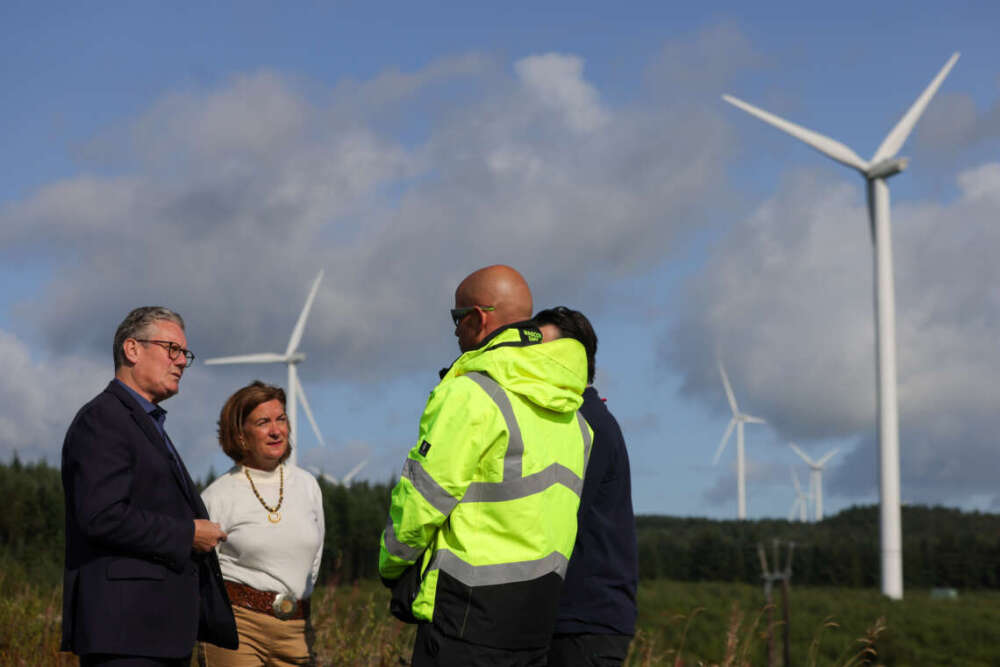In connection with air pollution, the DIAL website also mentions that to avoid fuel spillage and also reduce movement of oil tankers/fuelling vehicles…reports Asian Lite News
More than a year after the Delhi High Court directed the Centre Pollution Control Board (CPCB) and the Delhi Pollution Control Committee (DPCC), they have not taken any tangible steps to address the issue of air pollution and noise pollution caused due to aviation.
Incidentally, the issue of increasing temperature due to air traffic too remains unresolved as was evident from the Ministry of Environment, Forests and Climate Change (MoEF&CC) in an answer to a question in the Lok Sabha on ‘Increase in Temperature due to Air Traffic’ on Friday.
“CO2 emissions from global aviation account for approximately 2 per cent of greenhouse gas emissions,” was what the Ministry mentioned as part of a more generic answer skirting the main issue even when MP Gopal Chinayya Shetty had asked pointed questions such as “whether as per the environmentalists, the temperature of earth is increasing rapidly due to the rampant growth of air traffic in the world” or “whether increase in temperature is taking dangerous proportions and is likely to affect the climatic conditions of the world” and “the corrective measures being taken by the Government in this regard?”
Anil Sood of Delhi-based NGO Chetana had petitioned the Delhi High Court requesting it to issue directions, among others, to the agencies for inspection, assessment, monitoring of the emissions emitted by aircraft during take-off, landing and taxing; for disclosure of Carbon Dioxide emissions “in the air surrounding Airport at Delhi” and to assess, monitor and publish emission generated by aircraft as also amount of pollution generated by aircrafts at regular interval for the purpose of effective monitoring and control of degrading environment.

The petition drew information from the ‘Environment Impact Assessment Guidance Manual for Airports’ prepared by the Ministry of Environment, Forests and Climate Change to establish how “only over Delhi, 22k metric tons of Carbo Dioxide and unspecified quantity of Carbon Monoxide, PM10, PM2.5 and PM1 are sprinkled daily. The noise pollution level is so high throughout the day that it is causing serious health problems.”
“Our demand is simple. The system of sustainable development and ‘polluter pays’ have been introduced. The users are paying huge fee for using airport, which needs to be spent on insulating the houses falling under landing funnel. We also demanded night curfew, which is an internationally accepted practice,” Sood said.
Disposing off the public interest litigation on February 12, 2020, the Delhi High Court had directed the CPCB and DPCC to treat the petition as a representation and “decide the claims of the petitioner in accordance with law, rules, regulations and government policy applicable to the facts of the case as early as possible and practicable.”
Sood has been following it up at various levels to no avail. Even the Public Grievances platform forwarded the same to DPCC and CPCB but has not done anything.
He sought information under the Right to Information (RTI) from the CPCB, which in turn replied that the ‘Air Laboratory, CPCB’ is neither monitoring the emissions generated by aircraft and nor the amount of pollution generated by aircraft. Curiously, it also mentioned that carbon dioxide and oxygen are not measured in ambient air.
On its website, DIAL has claimed that it has ‘Automatic aircraft noise monitoring system in all the approach of runways to monitor noise levels around airport and enable to identify noisy aircrafts and that the aircraft tracking system has been installed along with Aircraft Noise Monitoring terminal at IGI Airport.’
In connection with air pollution, the DIAL website also mentions that to avoid fuel spillage and also reduce movement of oil tankers/fuelling vehicles, Delhi Airport has developed dedicated fuel hydrant network system; it uses Airport-Collaborative Decision Making (A-CDM) for airport operation and all runways operation to minimize the aircraft delay and associated emission; it uses green taxing procedure such as TaxiBot to reduce ATF burning during taxing procedures and it uses battery operated vehicles in terminal, apron (for luggage trolley) and cargo.


